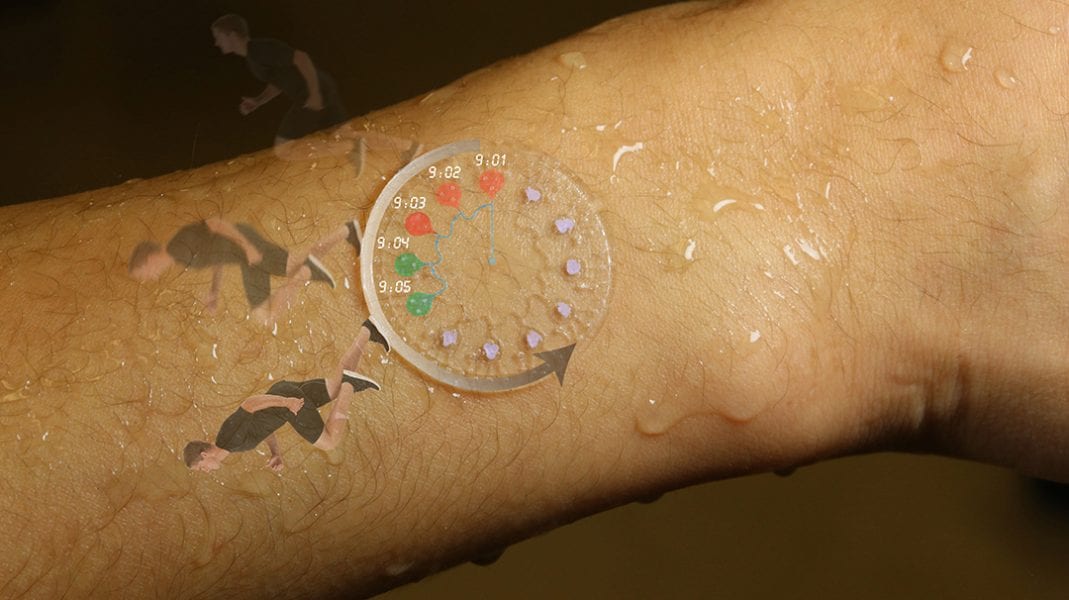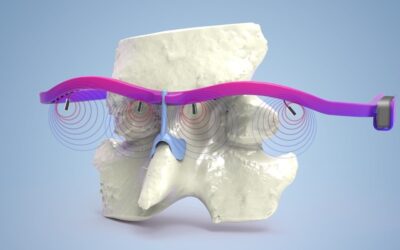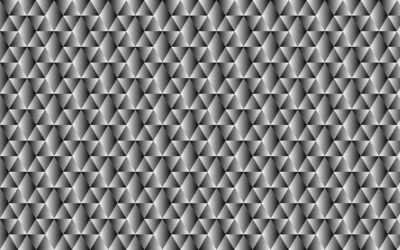Sweat, a biofluid excreted by eccrine glands in the epidermis, contains electrolytes (sodium, chloride) and lactate, urea and small quantities of proteins, peptides and metal ions. The concentrations of these and other biomarkers provide important physiological information. Temporal changes and variations in the chemistry of sweat across body positions offer additional insights into health status.
John Rogers (Northwestern University, USA) and his team report, in Advanced Healthcare Materials a soft, skin-mounted microfluidic system for sweat collection and analysis directly from and on the surface of the skin. Sweat glands, which create pressure due to natural differences of osmolality between plasma and sweat, actively drive flow into networks of microchannels and microreservoirs formed in soft elastomer. The maximum pressures generated in this manner are estimated to be ≈70 kPa per gland, sufficient for this purpose. They report an approach that guides flow in these type of skin-mounted microfluidic devices via a collection of carefully designed capillary bursting valves (CBVs) that direct the flow of sweat to fill a collection of microreservoirs in a sequential manner, thereby providing a precise sampling capability.
Past work on conventional lab-on-a-chip technologies demonstrates that CBVs can be used for stop valves and flow guides, but not for the type of control achieved here or for skin-mounted systems. Systematic in vitro tests illustrate robust, stable function in various conformal, skin-compatible designs that additionally allow efficient means for storage and final extraction of discrete samples of sweat. Human field testing validates the utility of platforms configured for sequential sweat sampling followed by extraction and ex situ chemical analysis, with a focus on lactate, sodium and potassium. These initial studies indicate differences between sweat generated by thermal exposures and by running exercises, as well as variations with position across the body.














